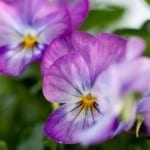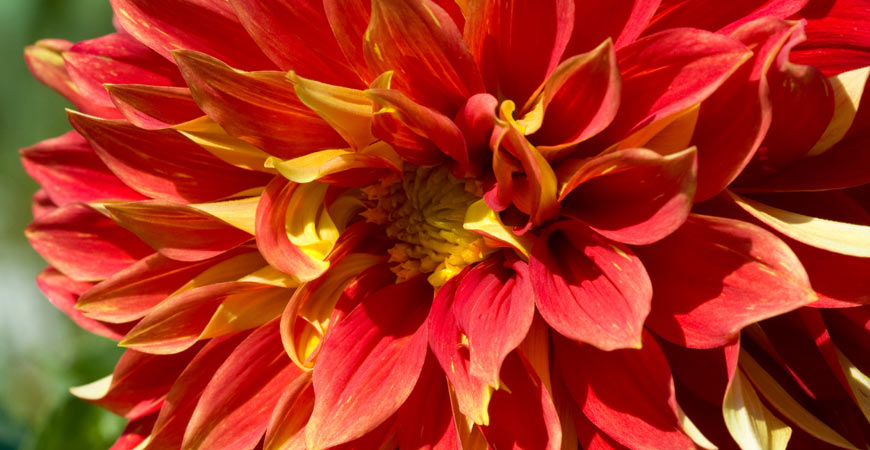
Our 7 Favorite Climbing Plants to “Wow” your Outdoor Space
Installing a pergola, gazebo, archway, or trellis is an excellent way to beautify your outdoor space and create a cozy area to gather and visit. Take things to the next level by adding the right climbing plants and bring life, color, soothing scents, and shade to your space.
Read on to learn about 7 show-stopping climbing plants for different styles and climates, and find the one that’s perfect for you!
1. Camellia
Camellias (Camellia japonica) are evergreen shrubs that grow up to 10 to 15 feet tall, with a spread of 6 to 10 feet. They are warm-weather plants, perennial in USDA Hardiness Zones 7a (Kentucky) to 9a (Gainesville, Florida).
Camellias boast showy round blooms that can be pink, lavender, orange, white, red, or yellow. Their attractive, glossy evergreen foliage will cheer your pergola in the depths of winter. Camellias also thrive in partial shade, unlike most flowers, which is a big plus if your trellis or pergola is near a tree or other shade source.
The homeowners in item number 1 of this blog post used the climbing plants, camellias, to adorn their custom-made mailbox trellis, which looks divine!
Click here to learn all about how to grow camellias, and click here and here for more shade-loving plants.
2. Morning Glory
Morning glory (Ipomoea purpurea) vines will grow quickly to 6 to 10 feet. This vine produces copious vividly-colored trumpet-shaped flowers that can be white, purple, red, blue, pink, bi-, or tri-colored.
Morning glories are very hardy and can spread out too much. You may need to pull some up if they get out of bounds. Because of this, they are considered an invasive weed in some states, such as Arizona and Arkansas, where planting them is now illegal, so check with your local gardening center before ordering morning glory seeds online.
Morning glories’ hardiness and beauty make them very popular choices in other areas, as well as their availability in blue, which is one of the most difficult bloom colors to come by (see “Heavenly Blue” morning glory in the photo above). Morning glories are considered annuals, but they often re-seed themselves and come up on their own year after year.
Click here to learn how to grow morning glories.
3. Bougainvillea
Bougainvillea (Bougainvillea spp.) is a strikingly-colored, fragrant climbing shrub that comes in orange, lavender, purple, red, or yellow. Bougainvillea’s brightly-colored “flowers” are bracts, like what poinsettias have, with tiny white flowers coming out of them.
Bougainvillea can grow very large, up to 15 to 25 feet tall with a spread of 25 to 33 feet, so you will need to prune it to keep it the size and shape you want. Bougainvillea is a warm-weather plant from Brazil, perennial in USDA Hardiness Zones 9b (Tampa, Los Angeles) to 11a (Puerto Rico).
But if you love their beauty and don’t live where it’s warm and sunny all the time, you can grow bougainvillea as a houseplant with the proper care.
Click here to learn about growing bougainvillea.
4. Wisteria
Wisteria (Wisteria floribunda) is a flowering shrub that grows to a height of 15 to 60 feet, with a spread of 40 to 50 feet. Because it can get so large, wisteria is a plant that requires plenty of pruning to keep it under control.
The payoff, however, is amazing. Wisteria produces abundant, long “garlands” of blooms that can be purple, white, blue, or lavender, producing a heavenly scent.
These strands are particularly striking on a structure with a horizontal surface, such as a pergola or arch; they can cascade down.
Wisteria is perennial in USDA Hardiness Zones 5a (Madison, WI) to 9b (Orlando, Florida), so this beauty is on the list for gardeners in most of the U.S. Wisteria also thrives in partial shade, unlike most flowers, which is lovely if your pergola is in a less-sunny part of your property.
Click here to learn all about how to grow wisteria.
5. Laguna Rose
Laguna roses (Rosa Laguna) are climbing roses with large, vibrantly-colored deep-pink blossoms that grow in clusters of 6 to 8. These roses are also disease-resistant and wonderfully fragrant, and they bloom repeatedly. What’s not to love?
Laguna roses grow to 8 to 9 feet and are perennial in USDA Hardiness Zones 5 (New York) through 9 (Coastal California). Click here to learn about growing Laguna roses.
6. Moonflower
Moonflowers (Ipomea alba) are vivid-white flowers in the morning glory family. Moonflowers are 5 to 5 ½ inches in diameter and trumpet-shaped like their cousin, the morning glory.
But unlike the morning glory, moonflowers open up during the late afternoon and stay open at night. They get their name because their lovely white blooms reflect the moon’s glow (see photo above).
Moonflowers have fragrant blooms and eye-catching heart-shaped foliage and can thrive in partial shade. They make a perfect addition to a moon garden for evening get-togethers or for unwinding on your gazebo at the end of the day.
Moonflowers are perennial in USDA Hardiness Zones 9 (Texas minus the panhandle) through 11 (Puerto Rico) and are easily grown from seed as annuals elsewhere. Moonflower vines can reach up to 15 feet tall.
Click here to learn about how to grow moonflowers.
7. Sweet Pea
Sweet peas (Lathyrus odoratus) are so wonderfully fragrant that their heavenly scent is referenced in both their common name (“sweet”) and their botanical name (“odoratus”). But this annual flowering vine is no slouch in the appearance department.
Sweet peas sport fan-shaped blooms that can be pink, purple, red, white, lavender, or yellow. They look like Phalaenopsis orchids (see photo above). Sweet peas are drought-tolerant annuals that reach 4 to 10 feet tall and have a nice spread. Sweet peas prefer plenty of moisture and sunlight.
Click here to learn all about how to grow sweet peas.
Happy gardening with these beautiful climbing plants! Stop by our website for easy solutions to everyday problems so that you can spend more time gardening and less time cleaning.
Photos courtesy of candiru, Toshihiro Gamo, mogollon_1, Iqbal Osman, David, Holger, Michael Coté, and Sarah.



















